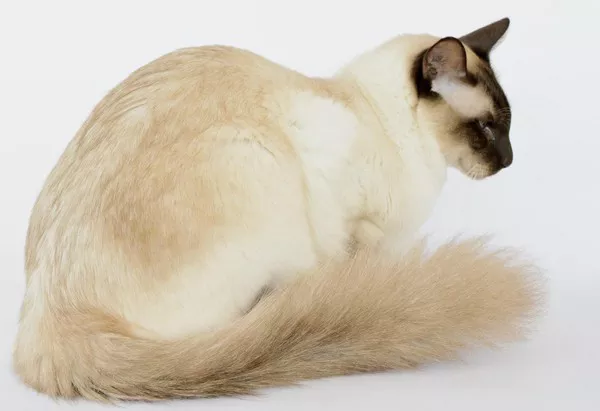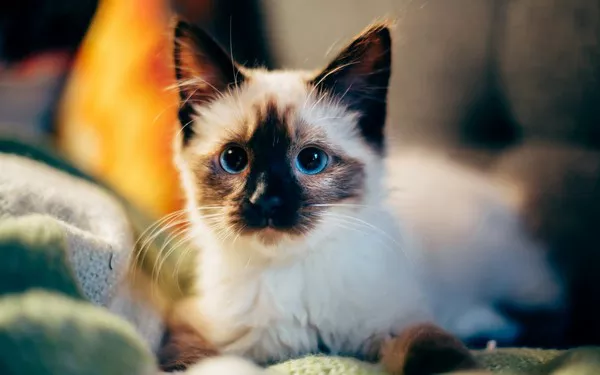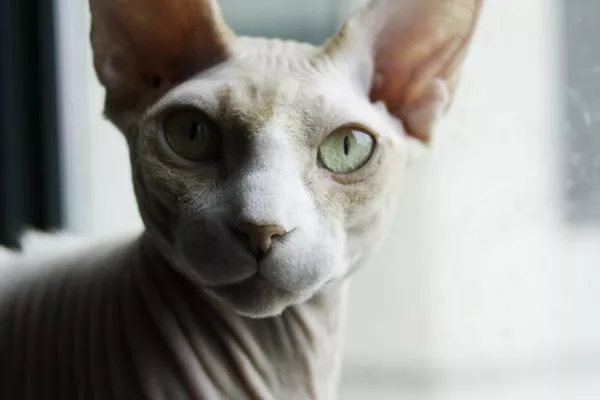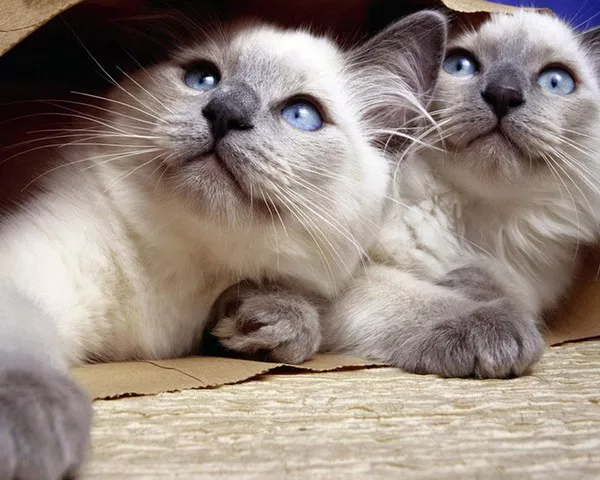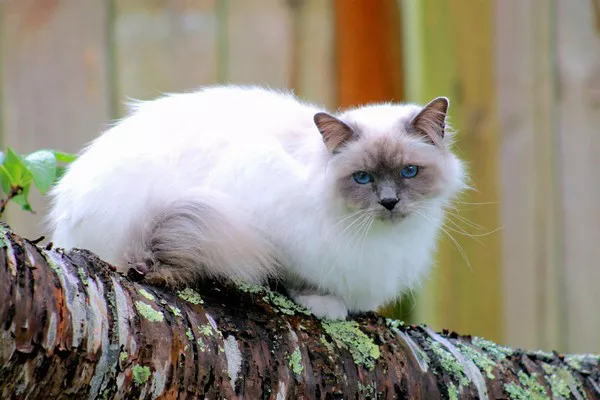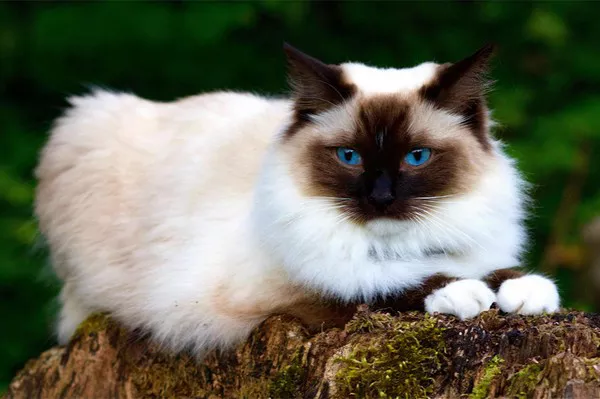Bali is an island in Indonesia, known for its beautiful beaches and rich cultural heritage. However, what many people don’t know is that Bali is also home to a unique breed of cat – the Balinese cat. This elegant feline is often mistaken for a Siamese cat due to its similar appearance, but it has distinct characteristics that set it apart.
One of the most common questions asked by potential owners is how big do Balinese cats get? In this article, we will explore the size, weight, and growth patterns of Balinese cats.
Appearance and Characteristics
Balinese cats are medium-sized cats with a long, lean body and graceful movements. They have a wedge-shaped head, almond-shaped eyes that are usually blue, and large ears that are slightly tilted forward. Their coat is short and fine, with a silky texture. The most distinctive feature of a Balinese cat is its long, luxurious tail, which is always held high.
In terms of temperament, Balinese cats are intelligent and affectionate. They are known for their love of attention and will happily follow their owners around the house, engaging in conversation and seeking out affection. They are also very social creatures, so they do well in households with other pets or children.
Size and Weight
On average, Balinese cats weigh between 6-11 pounds (2.7-5 kg) and stand at a height of 9-10 inches (23-25 cm) at the shoulder. Of course, there are always exceptions to the rule, and some Balinese cats may be larger or smaller than this range. Generally, male Balinese cats tend to be larger than females.
It’s worth noting that Balinese cats are slow to mature, with their full size not being reached until around four years of age. This means that they will continue to grow after their first year, albeit at a slower rate.
Growth Patterns
Balinese cats are born tiny, weighing only a few ounces at birth. They grow quickly in the first few weeks of life, doubling their weight within the first two weeks. At six weeks old, they should weigh around one pound, and by eight weeks, they will have reached 1.5-2 pounds.
By the time a Balinese cat reaches its first birthday, it should weigh between 4-6 pounds. After this point, growth will slow down considerably, with adult cats typically gaining less than a pound each year. As mentioned earlier, it takes around four years for a Balinese cat to reach its full size.
Factors Affecting Growth
There are several factors that can affect the growth and development of a Balinese cat. The most important of these is genetics. Just like humans, cats inherit certain traits from their parents, including size and weight. If both parents are large cats, their offspring are likely to be larger as well.
Nutrition is another factor that plays a crucial role in a cat’s growth. A balanced diet that provides all the necessary nutrients, vitamins, and minerals is essential for optimal growth and development. It’s important to choose a high-quality cat food that is appropriate for your cat’s age and size.
Environmental factors also play a role in a cat’s growth. Stressful environments can cause stunted growth, while comfortable and safe surroundings can promote healthy growth. Regular vet check-ups and vaccinations are also important for ensuring a cat’s overall health and wellbeing.
Conclusion
In conclusion, Balinese cats are medium-sized cats that weigh between 6-11 pounds (2.7-5 kg) and stand at a height of 9-10 inches (23-25 cm) at the shoulder on average. However, it’s important to note that there are always exceptions to the rule, and some Balinese cats may be larger or smaller than this range. Generally, male Balinese cats tend to be larger than females.
Balinese cats are slow to mature, with their full size not being reached until around four years of age. They grow quickly in the first few weeks of life, doubling their weight within the first two weeks. At six weeks old, they should weigh around one pound, and by eight weeks, they will have reached 1.5-2 pounds.
Factors that can affect a cat’s growth include genetics, nutrition, and environment. To ensure optimal growth and development, it’s important to provide a balanced diet, a comfortable and safe environment, and regular vet check-ups and vaccinations.
Overall, if you’re considering adding a Balinese cat to your family, it’s important to know what to expect in terms of size and growth patterns. With proper care and attention, these beautiful felines can provide years of love and companionship.

